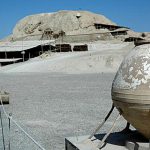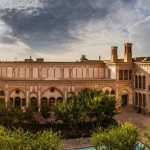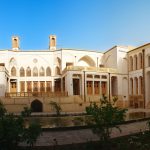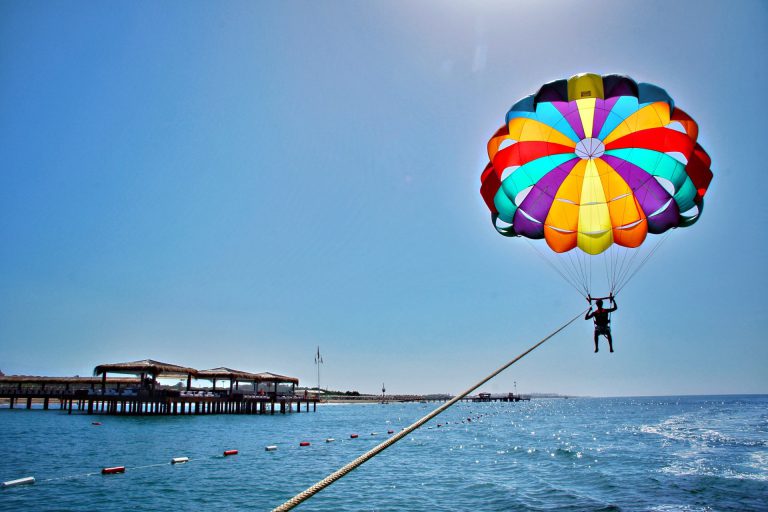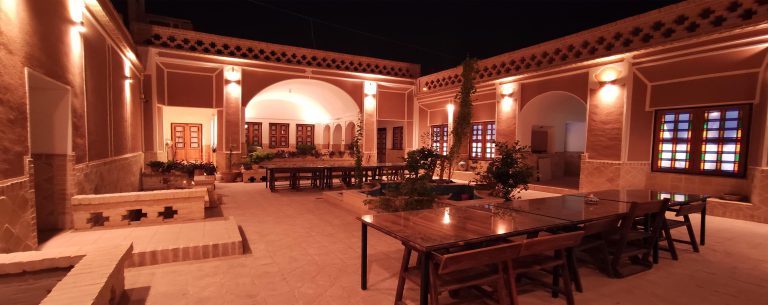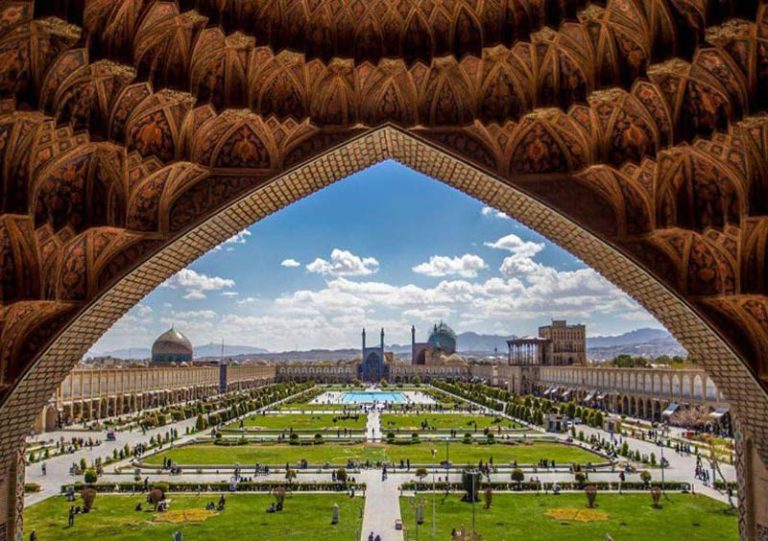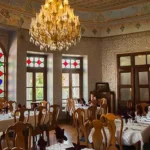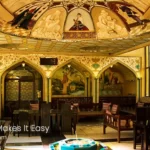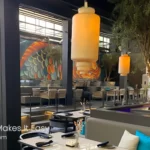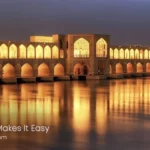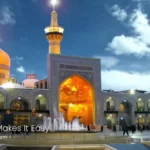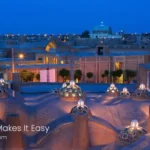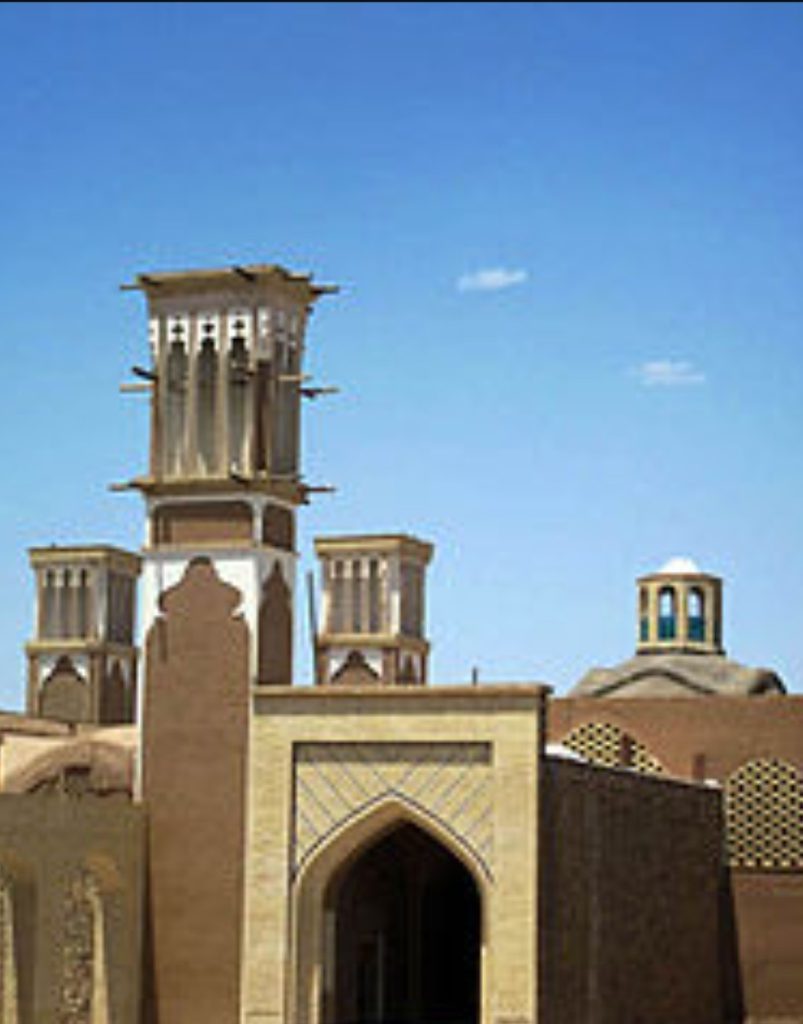
Aran and Bidgol
Aran and Bidgol is one of the cities in Isfahan province. Aran and Bidgol is called the carpet capital of the world due to its carpet weaving industry. This city is located 6 km northeast of Kashan and its distance from the Salt Lake is 35 km.
With an area of 6051 square kilometers, this city, is connected to Kashan through two main roads and the main road network of the country. Due to the desert nature of the region, 1900 square kilometers (31% of the city area) is located in sand dunes, which in the local term is called Baand Rigg.
Salt Lake
There are rich and abundant mines in northern areas of the city. The most important of which are the vast oil fields and its Salt Lake – with an area of 2000 square kilometers. From the mountains of Aran and Bidgol, we can mention Yakhab mountain with a height of 2388 meters, located 60 kilometers east of the city, Abrizan mountain and Rig dam.
weather
The climate of this region is hot and dry with hot summers and cold and dry winters, and the maximum temperature in summer reaches 48 degrees Celsius and the minimum cold in winter reaches -7 degrees Celsius. The annual rainfall is about 138 mm and the average annual temperature is 9.19 degrees Celsius, but the temperature is moderate in autumn and spring and in these seasons, many tourists from all over the world come to this beautiful city.
Archaeological research has shown that the Stone Age man, who had just descended from the mountain and settled in the plain, was located on the same arched path around the desert. Among known human settlements of Iran one can mention Kashan (Silk Hill), Qom, Rey and Damghan.
Sialk Hill
After Sialk Hill (14 km southwest) was destroyed in the early first millennium BC, the victorious invaders settled in present-day Finn. And later other settlements such as Aran Dasht, Bidgol, and Noshabad. , Niasar and Varzabad emerged.
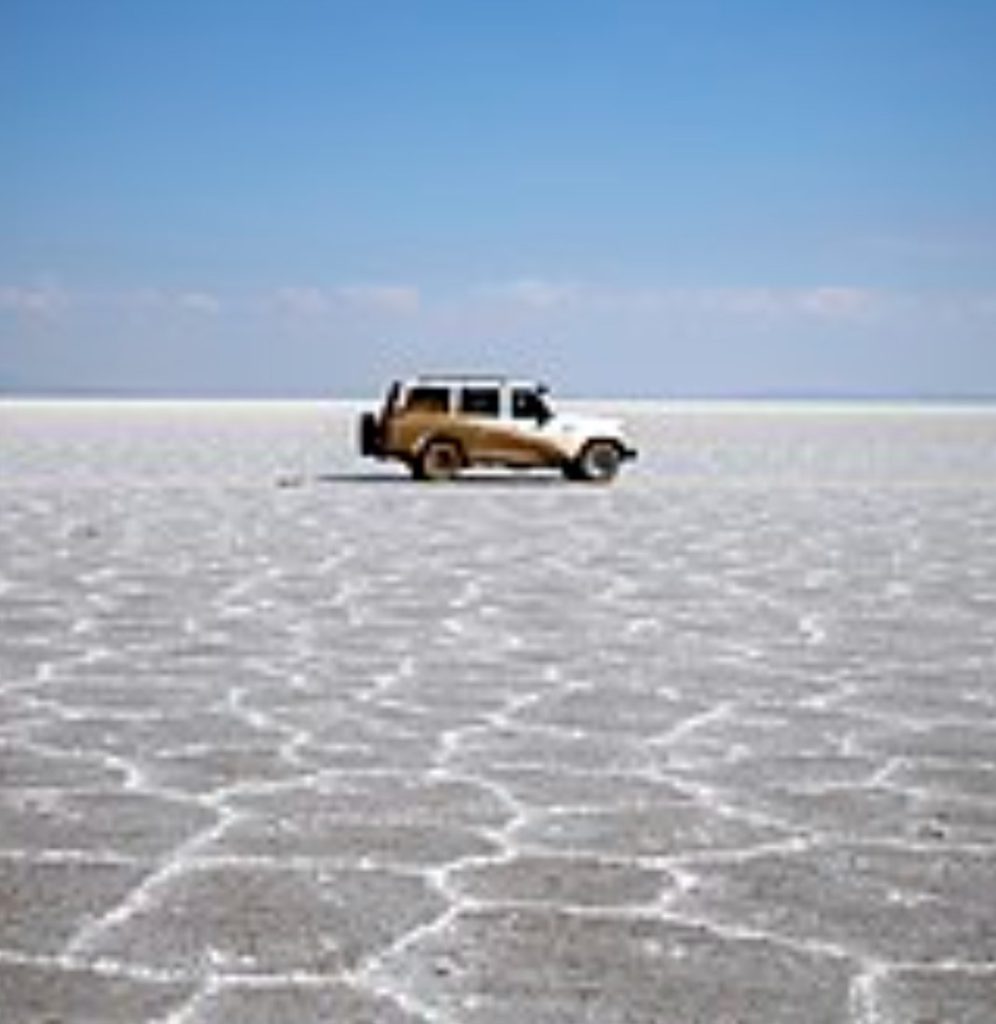
Tourist attractions
Masjed Al-nabi, alias Al-Anbia Mosque is located in Imam Hussein Alley, Aran and Bidgol
Vigel archeological site, including two eastern castles (belonging to the Parthians) and a western castle (belonging to the Sassanid period)
Naqshineh Bidgol Mosque
Babahaji historical mosque in Baand Araan
Water reservoir in Sar Kooche Yakhchal neighborhood
Water reservoir in Ghazi neighborhood
Maranjab desert
Historic Caravanserai of Marnjab

Horbabi ritual
In this ritual, which is performed during the month of Ramadan (usually on the fifteenth night of this month, which is the night of Hassan ibn Ali’s birthday), a group of children and adolescents gather by appointment at a specific place after iftar, and after voting, they choose a cashier and a middleman. Then after sending three loud prayers that means the start of the ritual, they walk in alleys of the city and tell their needs to others. The middleman is the moderator of the group, and the cashier collects the donated goods, which are mostly money and food.
Language and accent
The language of the people of Aran and Bidgol is common Persian with different accents. The local language of this region, which is called the ancient language of Aran Bidgol, is one of the ancient Pahlavi languages, which until now is common throughout the cities and parts of the desert (Natanz, Badrud, Zavareh, etc.) with slight differences in accent. Iranian Lori, Kurdish and Mazandaran have similar aspects. In general, the dialects of Kashan are of special importance both in terms of vocabulary and grammar and phonetics.


